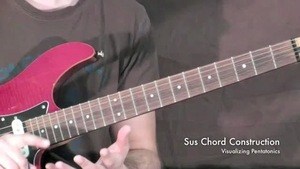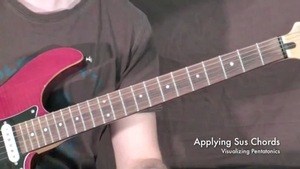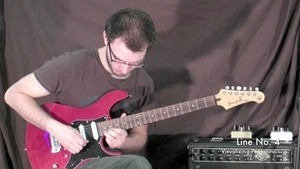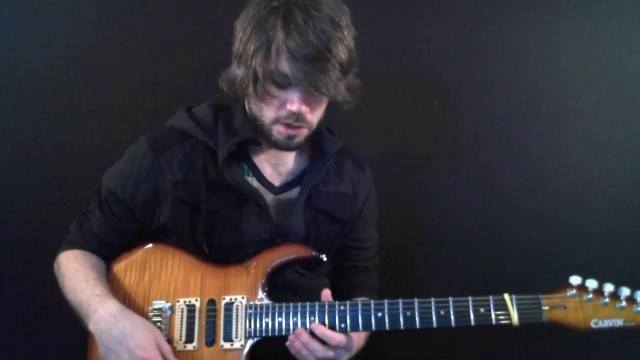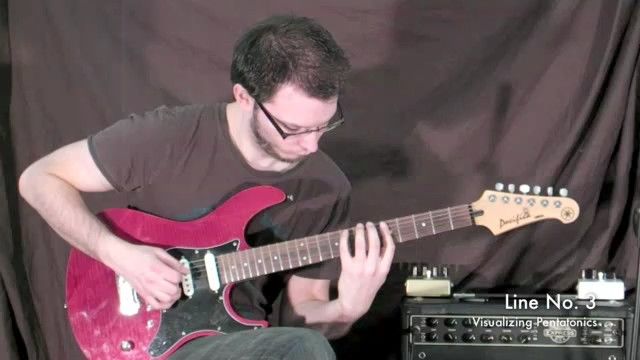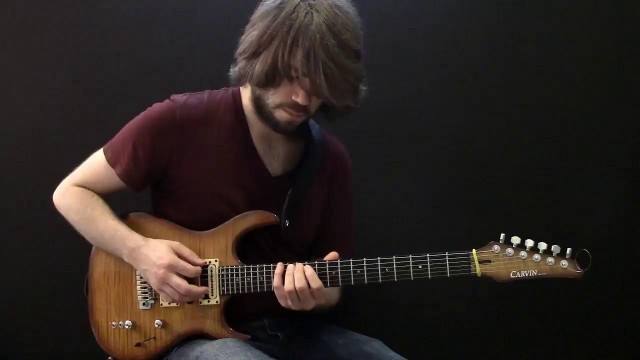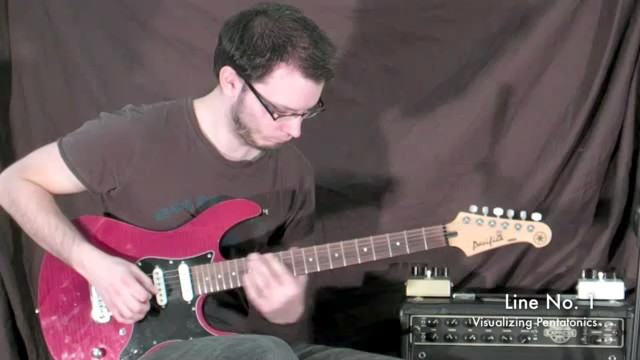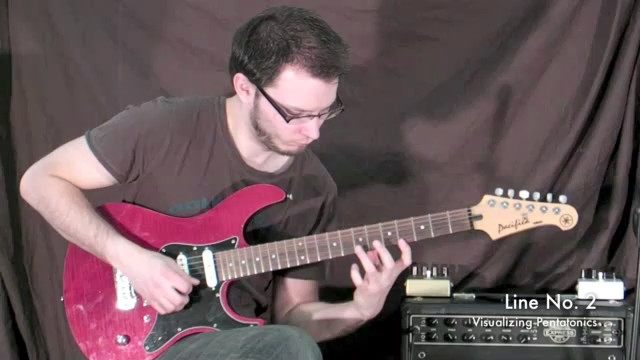When you apply these ideas to playing chords, you simply need to follow a few simple rules and everything should fall into place.
Most fusion and jazz tunes and even some modern funk songs change key often. The first thing you must do is identify all the key areas and what modulations occur in the piece of music. Once you've done this, the next step is to work out which minor pentatonic you're going to use for each key area.
Always use the minor pentatonic built from the 6th degree of the key you're in. So here's a chart for you outlining all the keys and their 6th degree minor pentatonic scale.
C major - Am pentatonic
C# major - A#m pentatonic
D major - Bm pentatonic
D# major - Cm pentatonic (also known as B#!)
E major - C#m pentatonic
F major - Dm pentatonic
F# major - D#m pentatonic
G major - Em pentatonic
G# major - Fm pentatonic (also known as E#!)
A major - F#m pentatonic
A# major - Gm pentatonic
B major - G#m pentatonic
Once you've established all your key changes, work out which sus4 chords you're going to use and you'll be set to go. I'll let you do the work looking at which sus chords to use. Just remember that you use the ones built from the root and b7th of the pentatonic scale in question.
Have fun with this idea and ask any questions in the forum!


